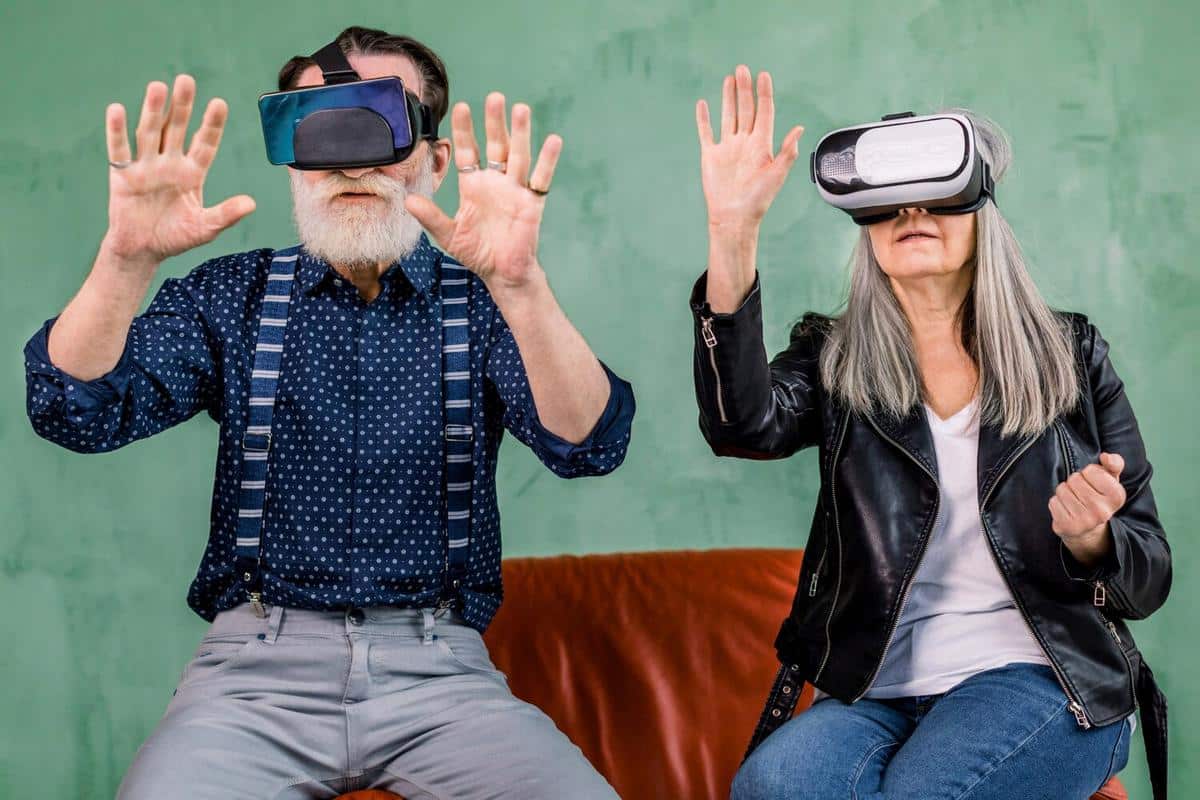
The Power of Social Media in Modern Activism
With the advent of digital platforms, social media has become a formidable force in shaping modern activism, offering unprecedented opportunities for awareness and engagement.
Social media’s influence extends far beyond personal connections; it serves as a catalyst for change in the realm of activism. Platforms like Twitter, Facebook, and Instagram have become indispensable tools for activists to rally support, disseminate information, and drive social change. According to a Pew Research Center study, nearly half of Americans have engaged in civic or political activities on social media, highlighting its significant role in modern activism.
The Role of Social Media in Activism
One of the primary strengths of social media in activism is its ability to amplify voices. Activists can reach a global audience, breaking geographical barriers that once limited their impact. For instance, the #MeToo movement gained momentum through Twitter, empowering individuals worldwide to share their stories and demand change.
Expert Opinions
Renowned digital media expert, Dr. Mark Smith, emphasizes, “Social media provides a platform for marginalized voices to be heard and for communities to unite around shared causes.” His insights underscore the democratizing power of these platforms.
Statistics and Research
| Platform | Users Engaged in Activism (%) |
|---|---|
| 52 | |
| 60 | |
| 35 | |
| 15 | |
| Snapchat | 25 |
| 40 | |
| TikTok | 30 |
| YouTube | 55 |
Personal Anecdotes
Consider the story of Alex, a climate activist who used Instagram to share striking images of environmental degradation. Alex’s posts not only raised awareness but also inspired countless followers to participate in local environmental cleanups.
Actionable Tips for Digital Activists
- Leverage hashtags to join and create conversations around your cause.
- Engage with your audience by responding to comments and messages.
- Collaborate with other activists to amplify your message.
- Utilize multimedia content to create impactful stories.
Conclusion
Social media’s power in modern activism lies in its ability to connect, engage, and inspire action. As digital platforms continue to evolve, so too will the strategies employed by activists. By harnessing this power effectively, anyone can contribute to meaningful change in society.
FAQs
How can I start using social media for activism?
Begin by identifying the causes you are passionate about, then research relevant hashtags and online communities. Engage consistently and authentically with your audience.
What are some challenges of digital activism?
Challenges include misinformation, online harassment, and the digital divide, which may limit access for some individuals.
Can social media activism lead to real-world change?
Yes, social media activism can lead to significant real-world impacts, as seen in movements like #BlackLivesMatter and climate strikes inspired by digital campaigns.


